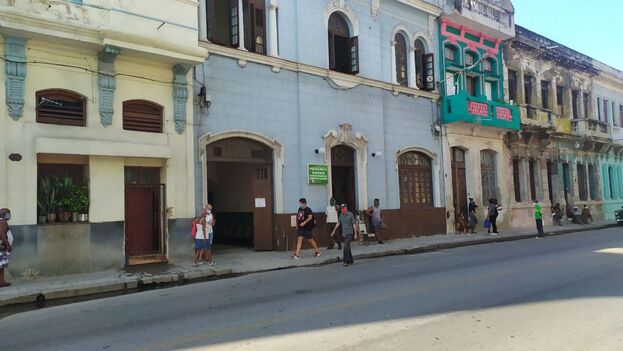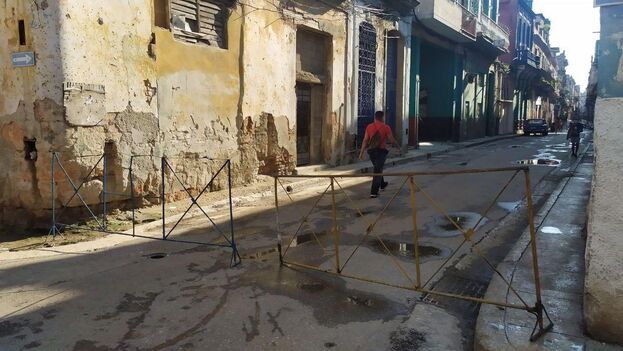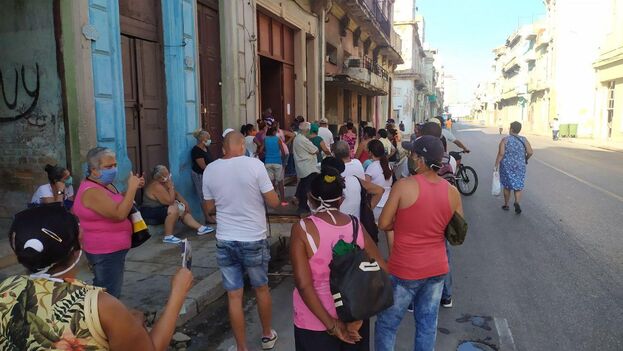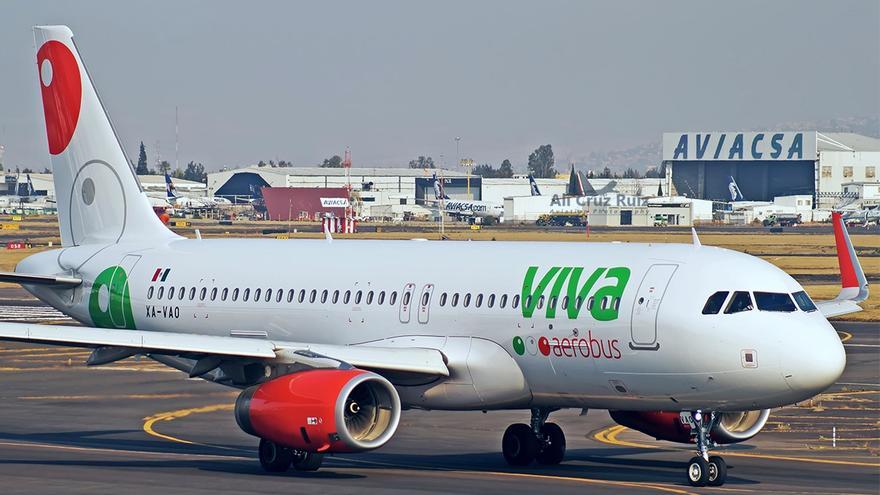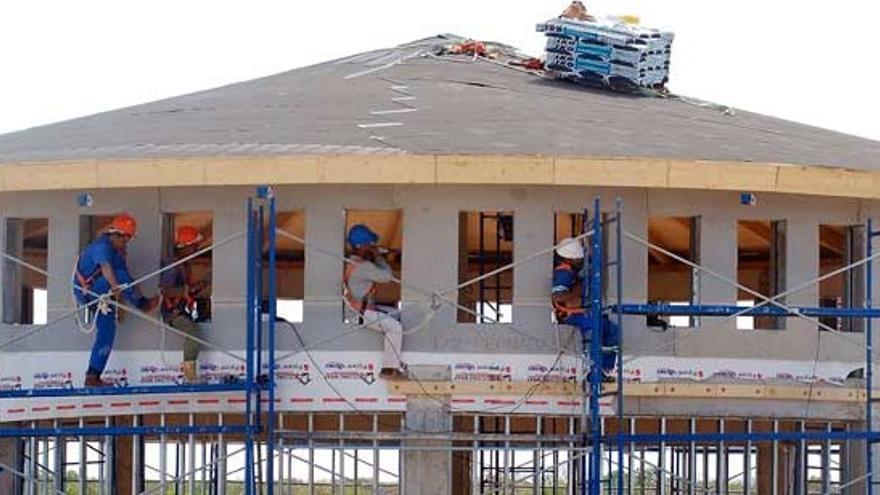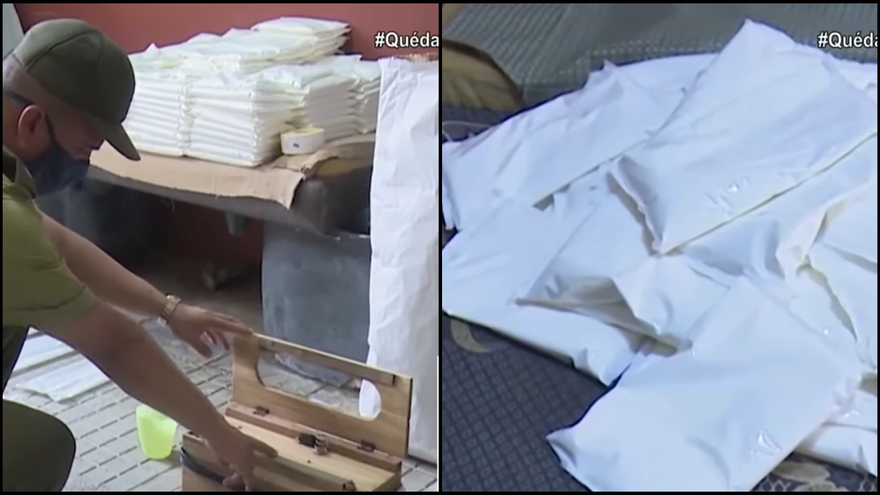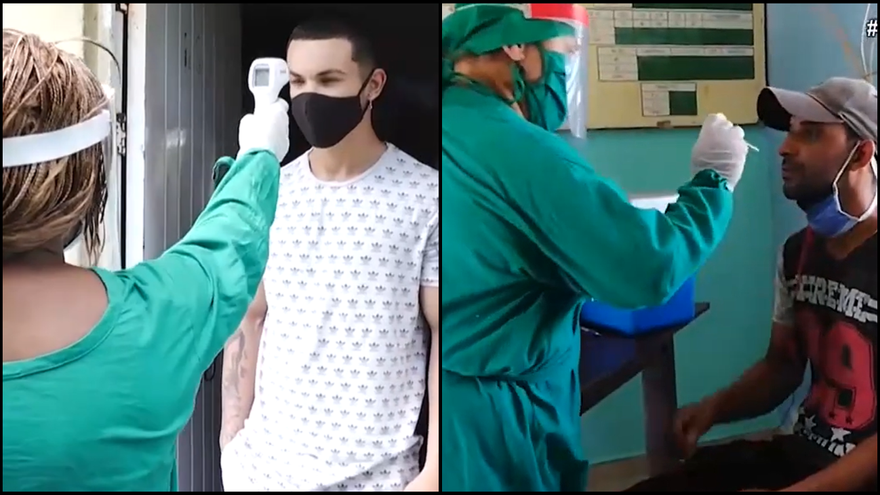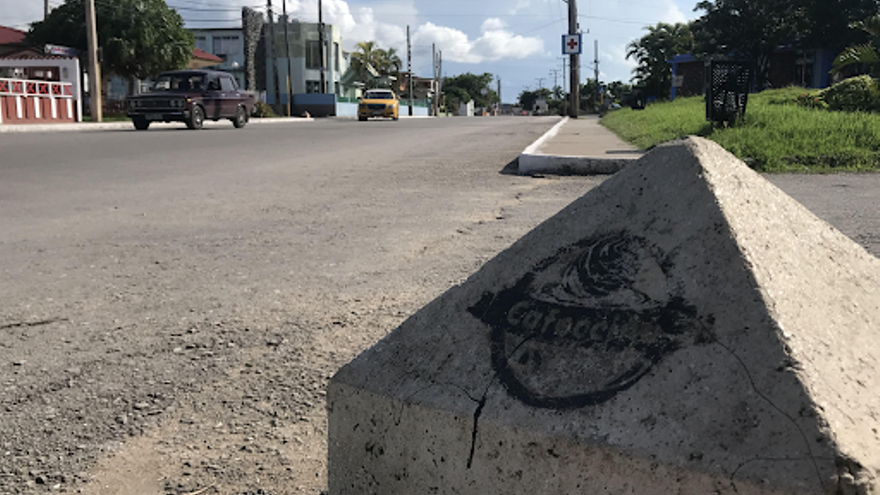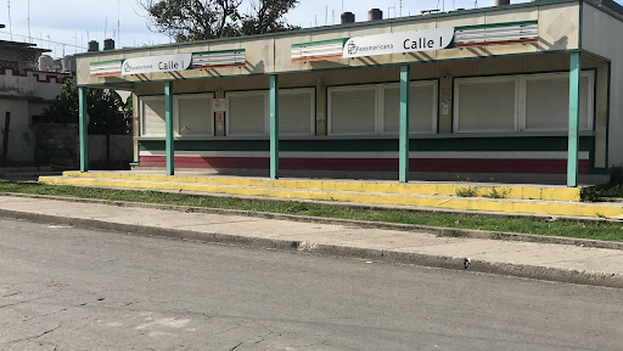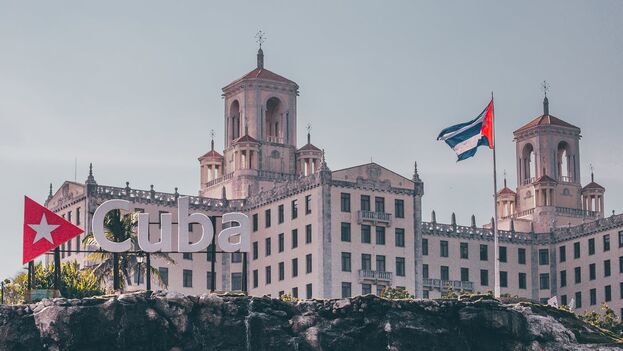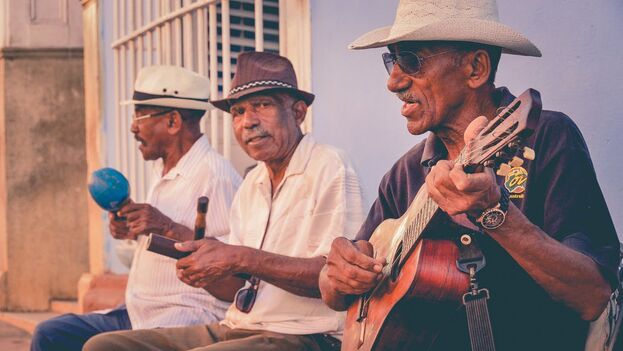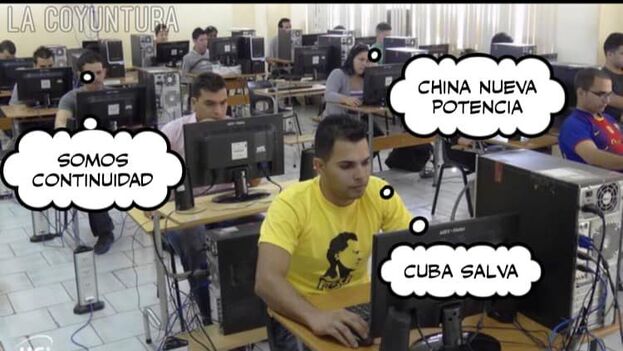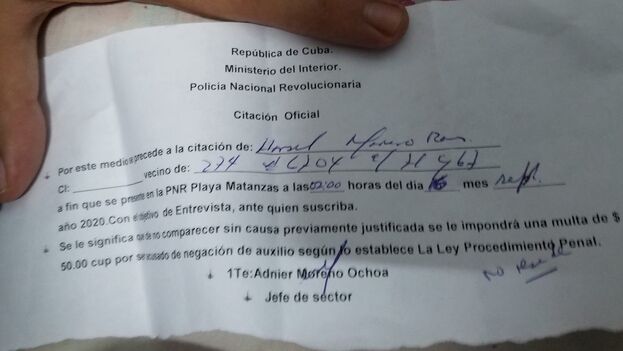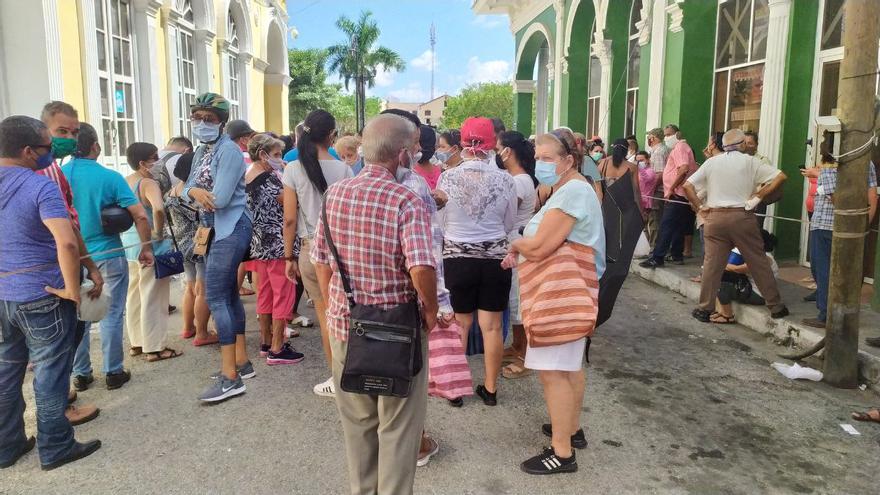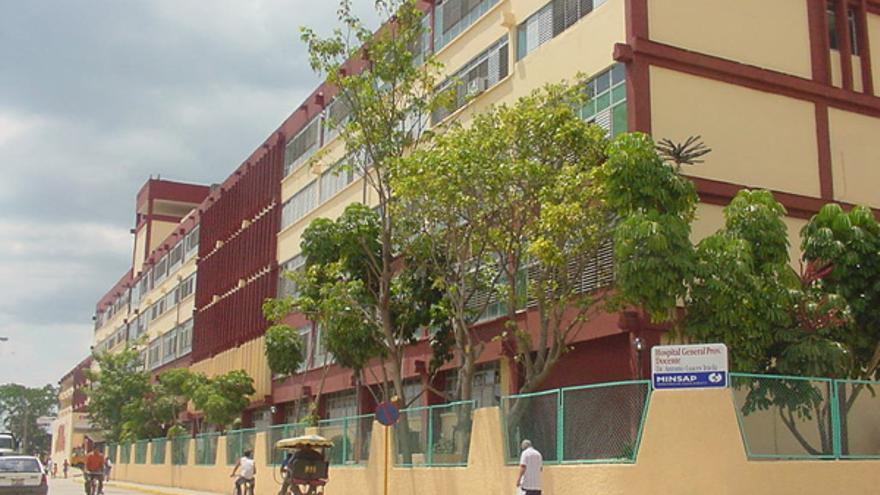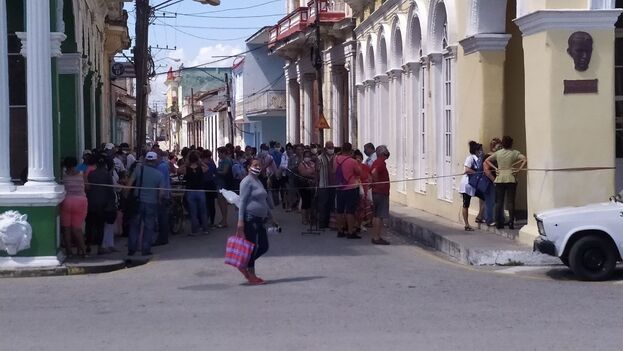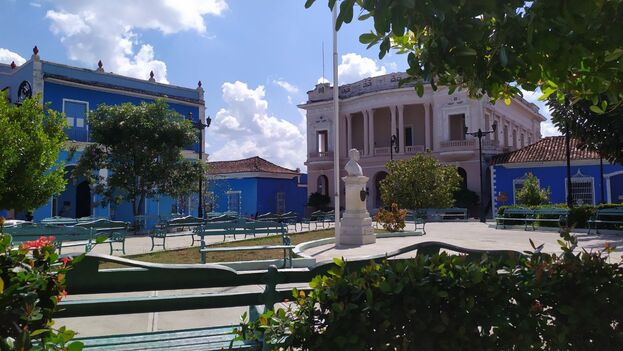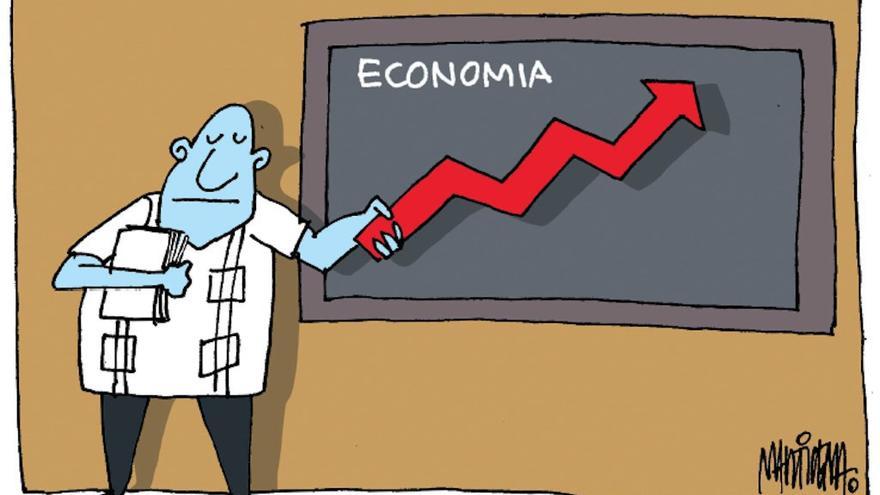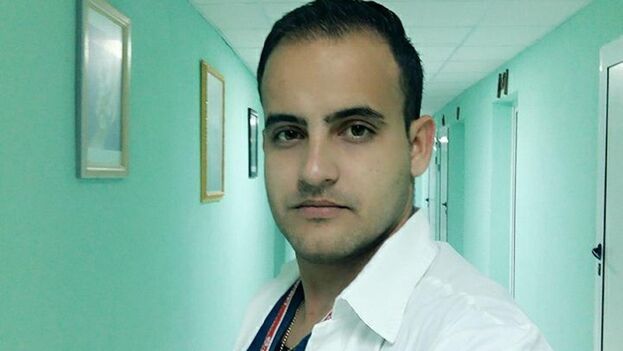
![]() 14ymedio, Havana, 24 September 2020 — Alexander Raúl Pupo Casas, a medical resident in Neurosurgery in Las Tunas, denounced this Thursday that the authorities of where he works at the Ernesto Guevara Hospital had taken him out of service for “relocation.” “They plan to expel me from the hospital,” he wrote on his Facebook wall.
14ymedio, Havana, 24 September 2020 — Alexander Raúl Pupo Casas, a medical resident in Neurosurgery in Las Tunas, denounced this Thursday that the authorities of where he works at the Ernesto Guevara Hospital had taken him out of service for “relocation.” “They plan to expel me from the hospital,” he wrote on his Facebook wall.
The reason, according to the young doctor, is a post he wrote a few days ago, in which he expanded on the political situation on the Island. “When the truth becomes a threat to a Revolution, then we will know that this Revolution is not just,” the text begins.
Shortly after, the young doctor announced on social networks that he had been expelled from the dormitory where he was staying the night. “Today I experienced firsthand the greatest injustice by being deprived of my right to think freely. Today in many friends I saw disappointment mixed with impotence when they saw me evicted from the scholarship without prior notice and as if I were a criminal.” continue reading
In his initial text, Pupo Casa complained about the conformity of the population: “It is disappointing today to see how in the streets and homes people prefer to be silent rather than to tell the truth,” he laments. “I wonder, then, where are the values of our people, where is the Cuban rebellion, how long will we continue to silently endure being blackmailed in our faces with stores [that accept only dollars] and laws or decrees that, in addition to violating our Constitution, violate our rights as human beings?”
In his writings, this man from Holguin is forceful: “It is no longer a question of being more of a revolutionary or more of a gusano (worm*) than anyone else, it is no longer a question of fearing police repression or fearing what you may lose, it is a question of survival, of self-preservation, of self-respect. If we are not capable of fighting for our interests, nobody will do it for us, that is a fact.
“Those who don’t have to stand in line, those who get all the comforts from somewhere so that they do not have to struggle for them, those who when they enter a hospital have the best doctor and do not lack any medications, those who receive paid excursions to hotels and campsites with a VIP pass, which have their company lines so they do not have to pay ridiculous prices to the happy and monopolistic telephone company,” he notes, mentioning Cuba’s leaders. Of course they are lions defending the system, of course it is not in their interest for the people to turn around and sing the truths to the world, of course they will do whatever it takes to continue living their privileged life.”
And he concludes by inviting people to be brave. “We have to understand that they should fear us and not us them,” he says. “Remember the possibility of prosperity begins in you, in me, in us. Once again remember that Revolution is change.”
His complaints have received the support of hundreds of people, who have shared his words and independent media have picked up the issue. It is not the first time that Pupo Casas has shared his opinions, and on the social network he frequently posts many problems that are experienced on the Island.
At the beginning of September, he reported that he had been summoned to a private meeting with people from the institution where he currently works, to try to convince him not to publish his ideas any more. “Basically, I was told: You will not solve anything with this, it will only bring you problems in your personal and work life.”

*Translator’s note: “Worm” is a long-time epithet used to disparage Cubans who emigrate or don’t support the government.
____________
COLLABORATE WITH OUR WORK: The 14ymedio team is committed to practicing serious journalism that reflects Cuba’s reality in all its depth. Thank you for joining us on this long journey. We invite you to continue supporting us by becoming a member of 14ymedio now. Together we can continue transforming journalism in Cuba.

